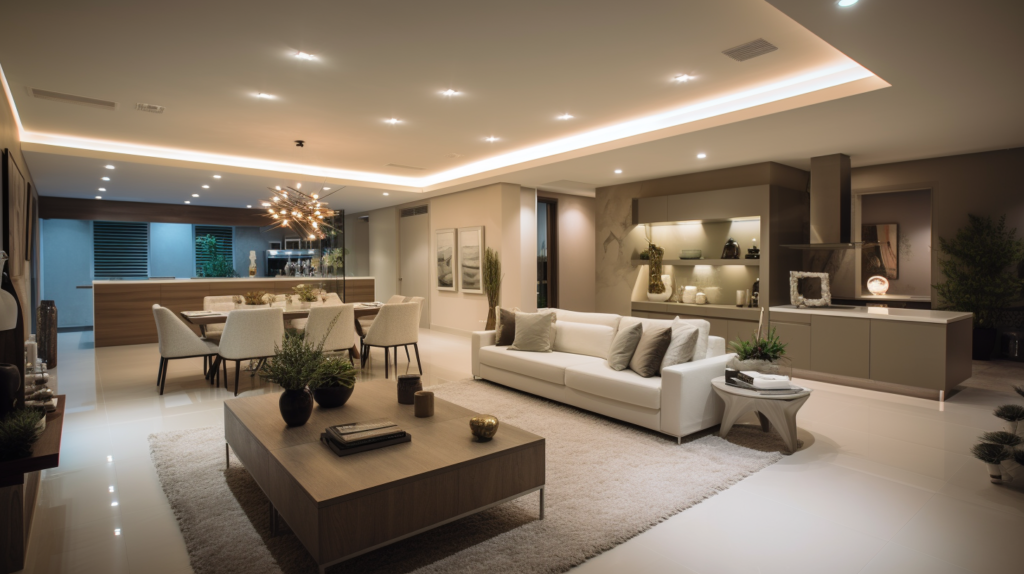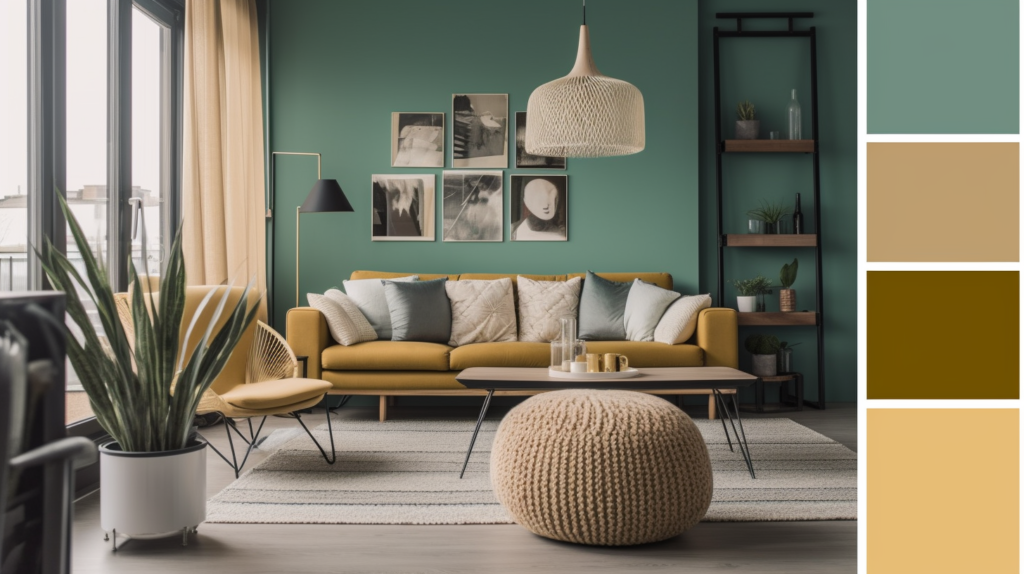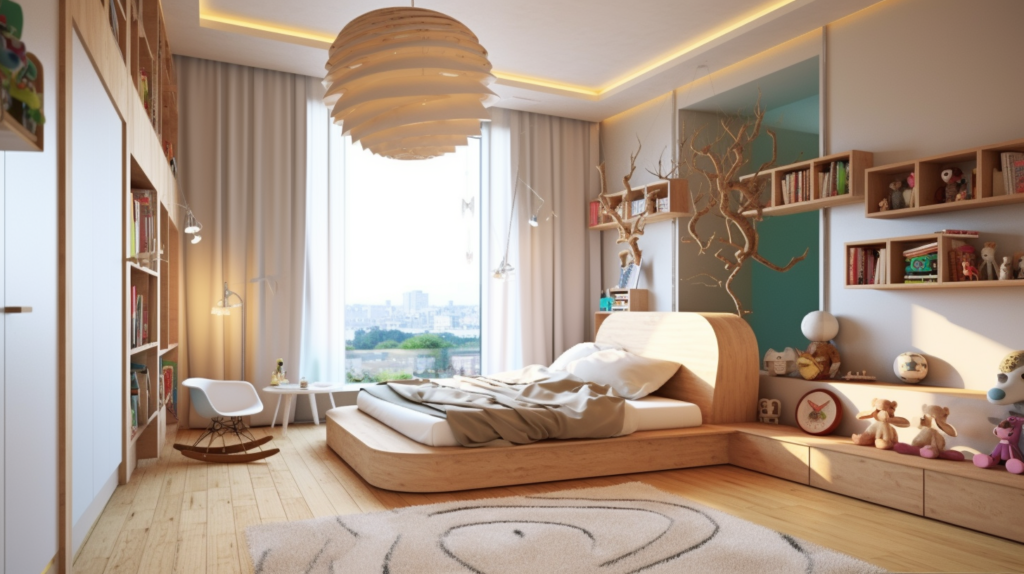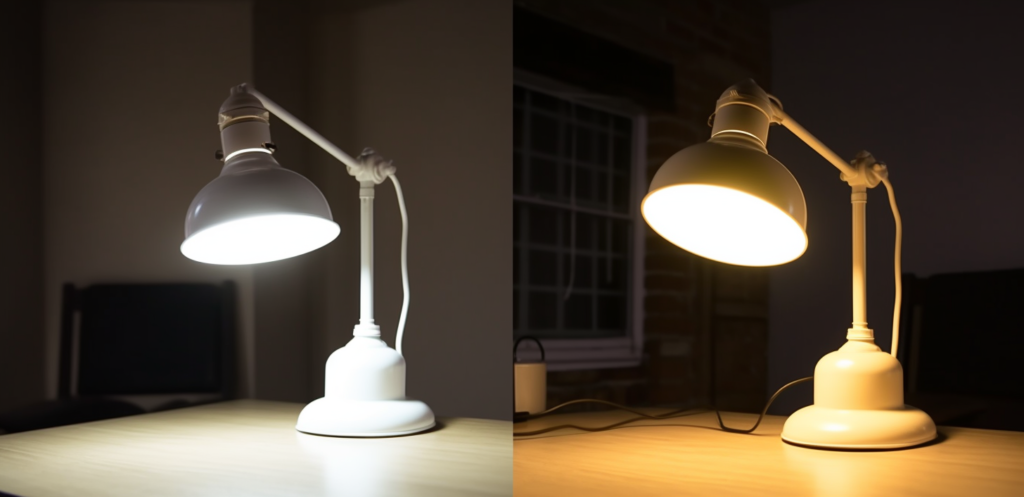Should Light Fixtures Match Throughout The House? June 11, 2023 – Posted in: Home Lighting, General Info, Lighting Information

Table of Contents
When furnishing and decorating your home, you want it to be warm and inviting, but also to be uniquely yours. Your choices when it comes to lighting can have a huge impact on that, significantly affecting how both individual rooms and the whole house feel.
One of the major considerations when making your lighting decisions is whether the fixtures should match throughout the house or whether they should simply be selected on a room-by-room basis. As we’ll see, the answer for most people will be somewhere in between.
An Important Note
While the following guidance is a good start for just about everyone, you shouldn’t forget that this is your house. If you want to experiment or even go a little crazy with some very out-there choices, that’s totally fine as long as the result makes you happy.

So, Should Light Fixtures Match Throughout The House?
The simple answer is that there’s really no need for your light fixtures to match throughout your home. It’s entirely possible that you may choose to have identical light fixtures in several rooms, but even this isn’t at all necessary to have a beautiful and well-designed interior.
We would recommend that you aim to have some degree of consistency throughout your home, however, as this can really help tie things together and give a sense of flow. This could mean going with the same shapes or materials throughout or opting for a well-coordinated color palette that naturally progresses from room to room. “A preplanned color pallet can take out a lot of the guesswork when choosing fixtures and furniture for your home” says Melanie Rosser, an interior designer in Brooklyn, NY.
All that being said, opting to match all the way through does come with a few advantages as well as quite a few disadvantages too, so let’s take a quick look at them before we go any further.

The Advantages of Matching Fixtures
By choosing all matching fixtures, you simplify the interior design process, allowing you more time to focus on other elements of the décor. You’ll also not need to worry about ensuring that the style used in one room doesn’t differ too much from the style used in the next and, if you go for something simple and unintrusive, the rest of your furnishing and decoration. In general, most people tend to opt for cohesive lighting throughout the house.
The Disadvantages of Matching Fixtures
To put it simply, using exactly the same light fixtures in every room gets boring, both to plan and to live with. Even though it simplifies your design decisions, it strips a lot of the fun out of it too. The lack of variation also strips your home of some of its potential fun and interest, and the repetition can be almost as jarring as having a completely different style in each room.
You’ll also lose out on a lot of potential options, including the ability to plan your lighting around the rest of your room or to selectively utilize feature lighting, and may even run into some issues on the practical side too.
What To Consider When Choosing Your Light Fixtures
In order to wind up with fixtures that complement the rest of the room they’re in as well as the rest of your lighting, there are a few things you’ll likely want to consider.

The Overall Theme and Tone of Your Lighting and Home
If the fixtures in one room are very sleek and modern, you likely don’t want something like an incredibly ornate and traditional chandelier in the next. Whilst both of these light fixtures may be lovely on their own, they could make for a rather jarring transition.
Choosing one broad style to use throughout your home can be a simple way to make everything feel relatively cohesive whilst still allowing you a good degree of choice and variation between rooms. One of the tools I recommend using if you’re having a tough time choosing a pallet is ColorSnap from Sherwin-Williams.

The Individual Room
You want to make sure your light fixtures don’t clash with the tone and decoration of the room they’re in either. Of course, there is an element of subjectivity here, and you’ll have to consider how any fixtures you consider work with the colors, patterns, and designs used elsewhere in the room.
Emphasis
Lighting can be naturally attention-grabbing, so using something like a chandelier as a feature can really add something to a room. You should try not to get too carried away with this one though, as using feature lighting in a lot of rooms could leave you or your guests feeling a little overwhelmed and take away its impact.
On the other hand, if the room in question has a very busy design already or has another highly noticeable feature, you may want to go with something a little more minimalist in there. At the very least, you’ll want to be sure that your lighting choice complements the rest of your room, rather than distracting from it.
The Aesthetics of The Fixtures Themselves
Whilst we’d generally recommend basing your decisions solely on how much you like the look of each feature, it is still an important consideration. It doesn’t matter how well anything in your home matches with everything else if you don’t like it, and sometimes it’s worth breaking the rules to have something that you really love in your home.

Children’s Bedrooms
Younger children may be very accepting of whatever decoration choices you make for their room, but as they get older and become gradually more independent, they may be more inclined to make their own decisions regarding how their space should look.
How you handle this is completely up to you, but it’s important to remember that a teenager will likely have very different tastes and preferences from you and, in some cases, a strong urge to express them. Since their room will likely be used primarily by them and their friends and will most probably go unseen by your guests, it may be worth allowing them a fair degree of freedom in terms of styling so that they can express themselves in a relatively contained and non-intrusive way.

Lighting Temperature
Whilst not strictly related to your fixtures, the color temperature of your lighting can have a significant impact on how your home feels and is definitely worth considering. Lights with a lower temperature, meaning a warmer, more yellowy tone, can help create a relaxing atmosphere, perfect for almost everywhere in the home.
Generally, higher temperature lighting (in Kelvin), which has a cooler, bluer tone, should be used more selectively, either for particularly high-energy rooms or as a desk lamp in a home office, for example.
The Key Takeaways
So, should your light fixtures match throughout your home? The answer is no, but if you want the best results from your redecoration, you shouldn’t think of them as completely standalone either. As with all fixtures and furnishings, you need to strike the balance between choosing things you love and creating a well-coordinated home environment.
Decorating your home is something highly personal, and you should definitely not be afraid to follow your heart and break the rules a little when you need to. After all, it’s your house, so make it a home you love.
Frequently Asked Questions
Do kitchen and dining lights need to match?
No, generally there is no set rule for matching dining and kitchen fixtures, it comes down to your style. However, designers recommend the lighting looks coordinated and cohesive with each other in theme.
Can you have different light fixtures in same room?
Yes, it’s actually a common practice in interior design to have different types of light fixtures in a room to create a layered lighting effect. Combining different light sources can really set the tone of the room and set your home apart.
Is it OK to mix and match light fixtures?
Sure, it’s perfectly fine to mix and match fixtures throughout the home but it’s generally recommended to stick with a general tone, style or color pallet. In the end, all that truly matters is if you’re happy with the results.
I have been the project manager for Modern.Place since early 2016, spending three of those years working overseas on the manufacturing & procurement side of the LED lighting industry. Constantly learning and passing on knowledge to others while excited for what the lighting industry will involve into next.

